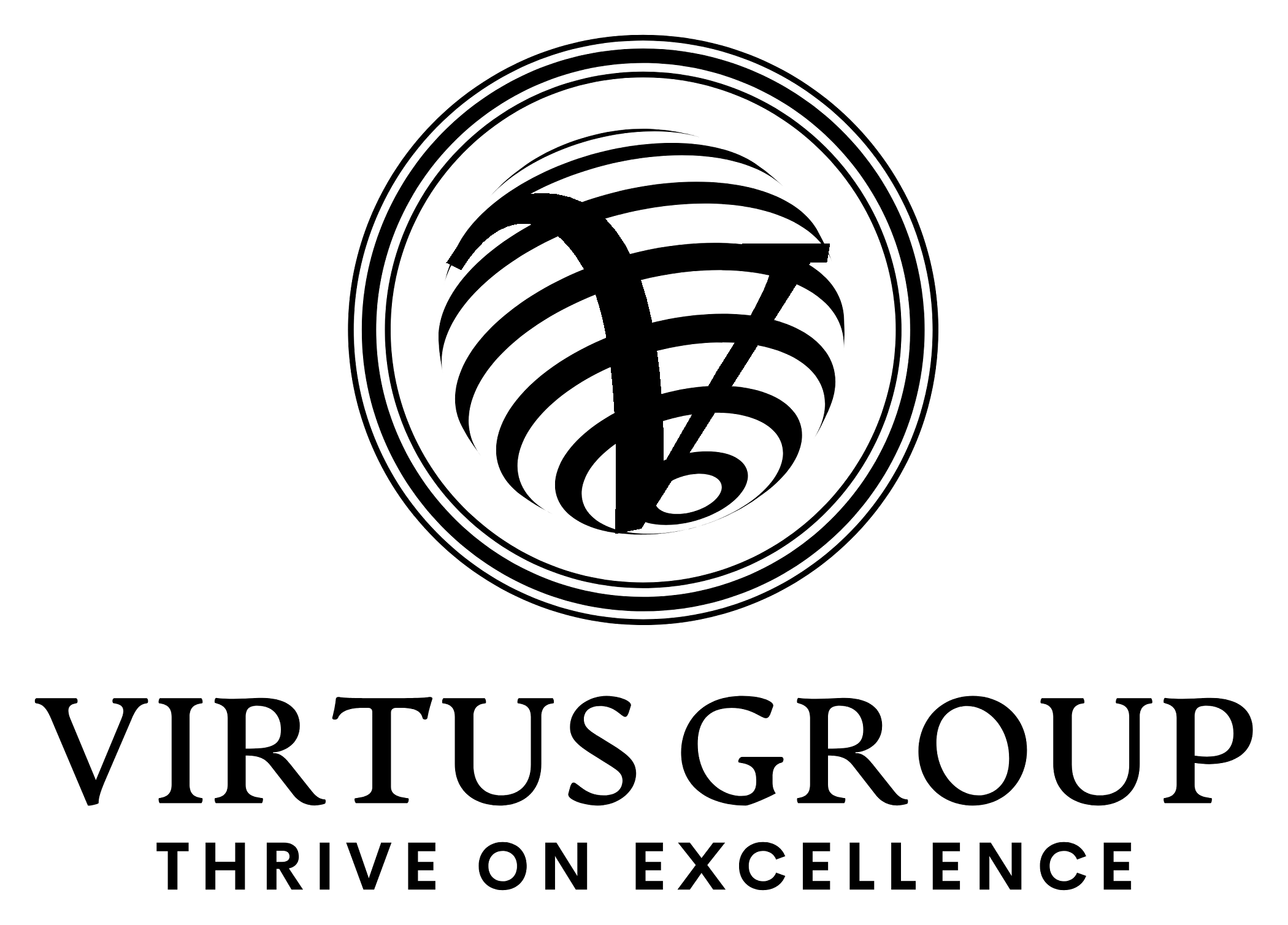IT Architecture & Design
Cost Efficiencies
Gartner defines IT Architecture as “a series of principles, guidelines or rules used by an enterprise to direct the process of acquiring, building, modifying and interfacing IT resources throughout the enterprise.”
When designing any architecture certain principles need to be considered and followed. Such principles assure the architecture is aligned with overall business strategy, vision and goals. They also help minimize the risks, make the risk assessment process easier, and enable effective operation of any solution once it’s implemented.
In this space our offerings aim to produce well architected solutions that allow services and applications to run seamlessly and resiliently through outages or transient problems. Another high point in this regard, catering for the ability to introduce changes in the environment in an easy, controlled manner.
Below are some of the principles we use and follow when developing architecture plans.
#1: Accurate and Comprehensive Documentation
- It’s much more about the quality than it is about the quantity.
- Understand stakeholder requirements
- Document business and technical requirements
- Have network and data flow diagrams
#2: No plan is fool-proof, identify risks and minimize them.
- There is no such thing as a “no-risk” scenario. Any piece of work has risks associated and they need to be identified, understood and planned for mitigation
- Implement appropriate controls to minimize risks
#3: Align Technical architecture with business requirements: Always start with business objectives and requirements. Implementing a technical solution that is not fully aligned with business requirement is wasting time, resources and money.
#4: Design a solution that is feasible to implement and support: Sometimes we kill the projects with defining excessive requirements or designing a solution that is impractical to implement and support. Always aim at being realistic, clearly define if items “must haves” and “nice to haves” and avoid overcomplicating things.
# 5: Lack of knowledge results in incomplete designs: Use the right resources for the right things. Using resources that are not knowledgeable could not only delay the projects but also pose high security risks.
# 6: Simplicity is the key to success: Having a clear and simple architecture is the key to the success of any work. Complexity is the enemy of any business process as well as security, avoid it at all cost.
# 7: Testing is a necessary part of the architecture development and design: Quality testing, user testing and security testing are all important part of any development. Testing gives you the opportunity to identify and mitigate vulnerabilities and errors.
# 8: Change management and governance: Ensure the right people and stakeholders are communicated about any change. Keep a record of the changes and approvals for audit purposes. Changes can change the security risk landscape.
# 9: Frequently assess risk
- Understand policies, standards and best security practices
- Understand laws and regulation requirements
- Risk management is not a one-off task. Consider reviewing and assessing risks on an ongoing basis and throughout your development.
Reach out to learn more!


